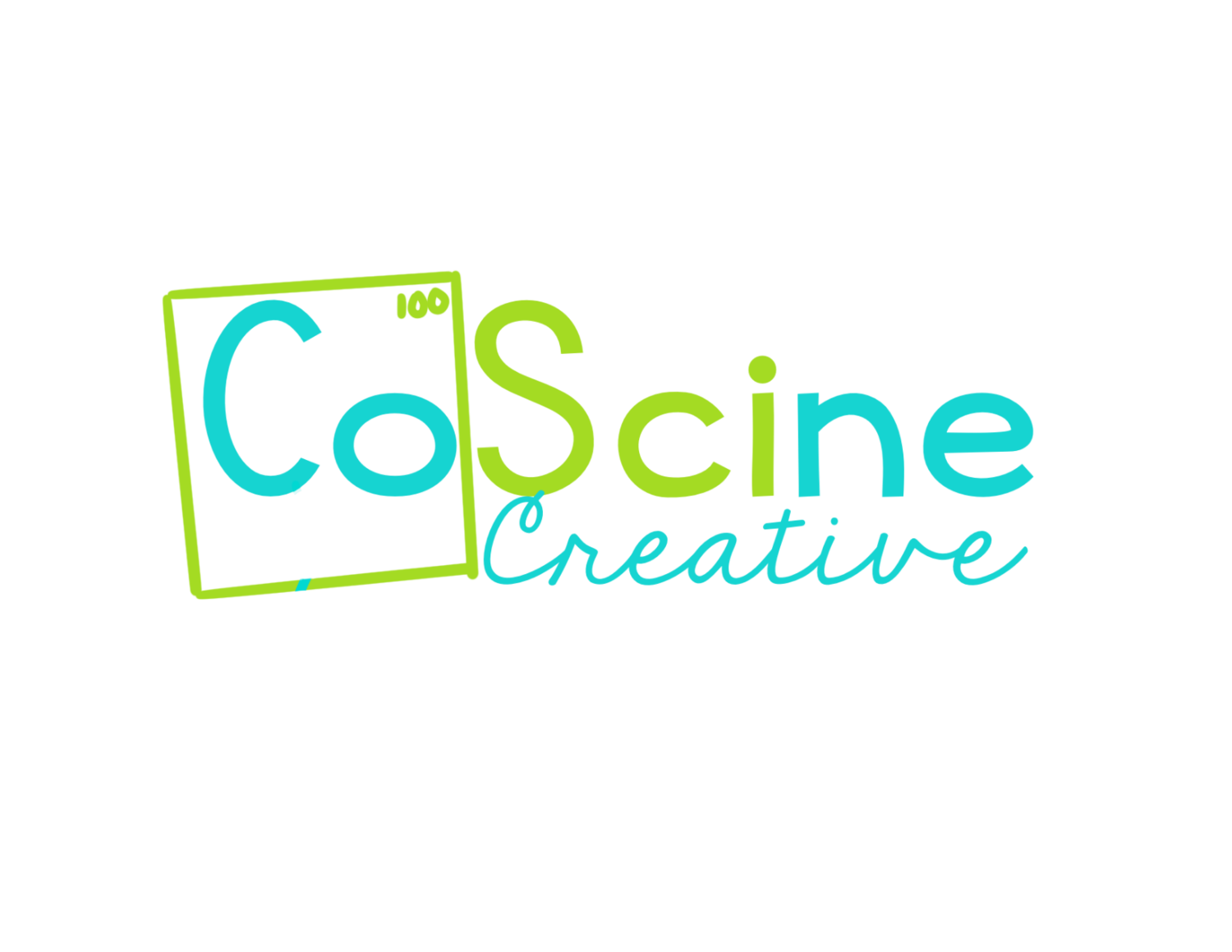Teach Cations and Anions Without Students Mixing Them Up
Do your students mix up cations and protons? And anions and cations? And about every other combination?
I'm sure you taught the lesson well. But, did you use the textbook company's cookie-cutter PowerPoint? It's how things have been done, and many schools will tell you to start there. Those slides are nice because they're free, ready to go, and students are used to the format.
So, what went wrong?
Those cookie-cutter, McBoring-Hill PowerPoints don’t make cations and anions are the star of the lesson. So relax. It wasn’t your teaching. It was the tools they asked you to teach with.
Everyone uses those textbook companion PowerPoints at one time or another. That’s okay. And if you have to use it, that’s fine. But adding in images and illustrations is going to take your lesson from ho hum to wow.
You and I can identify cations and anions in our sleep. But, students are learning this for the first time. It can be confusing if the lesson isn't structured for a new learner.
Would you like to see how to structure the lesson so students don't mix everything up?
Start with the Periodic Table
Hand out a periodic table that has lots of space for notes.
Have students outline or color group 1A - 3A (including transition metals) yellow since those elements tend to form cations. Have them outline or color 5A-7A blue since those elements tend to form anions. This will give students a basic foundation for cations vs anions.
Right at the beginning of the lesson, say, “If you walk away with nothing else today, remember that cations are positive and anions are negative. Write that down.”
Define Cations (Without the Why)
Next, paint a clear picture of cations. Explain that cations are positive and found on the left side of the periodic table. Consider writing them in yellow because yellow is happy and positive. Explain to your students that you picked that color because it represents positivity.
Personify cations through either making a sun that glows positive signs, or a cat that has a slogan about being purrfectly pawsitive.
Have students illustrate them in a way that makes sense to them so that they take this idea and make it their own.
Define Anions (Without the Why)
You are going to paint the same clear picture for anions. Explain that anions are blue and found on the right side of the periodic table. Make them blue because blue can be sad and depressing (“I’ve got the blues.”). Don’t forget to explain that color choice to your students.
Personify anions through making an onion that cries negative signs.
It's important to not address the why behind cations or anions at first. This keeps the topic straightforward for students to learn. First, they learn the definitions and to identify cations and anions. Then they learn why cations are cations.
Breaking concepts down into mini-lessons makes teaching easier on you and learning easier on students.
Show the Why After they Understand the Difference
The main reason students mix up combinations of protons, neutrons, electrons, cations, and anions, is because they don’t realize the main topic is identifying cations and anions. The subtopic is how electrons contribute to forming cations and anions, but in many textbook publisher's slides, it is lumped together with identifying cations and anions. Which leads to student confusion.
Once students can identify cations and anions, you can move them into why elements form cations vs. anions.
Show a cation that has lost it’s electrons. You can do it either serious or silly. This shows them when an atom loses electrons it forms a cation.
Above the cation is a cat with an Fe 3+ nametag. The cat has lost all three of his valence electron yarn balls. So, the cat is a cation.
Show an anion that has gained electrons. You can do it either serious or silly. This shows students that when an atom gains electrons it forms a anion.
Above, the anion is crying negative signs because P 3- has gained three electrons. These are illustrations that your students will remember for their test, and be able to reason through to remember the principles.
When your students are able to build on understanding, step by step and follow the learning path that you have clearly laid out for them, they learn so much faster.
Have students identify cations and anions. Then show them how to build on that knowledge by explaining why cations are positive. It's because cations lose electrons. Then build on the anion definition the same way. Anions are negative because they are gaining electrons.
Build the learning structure, then make it unforgettable through the color coding illustrations.








